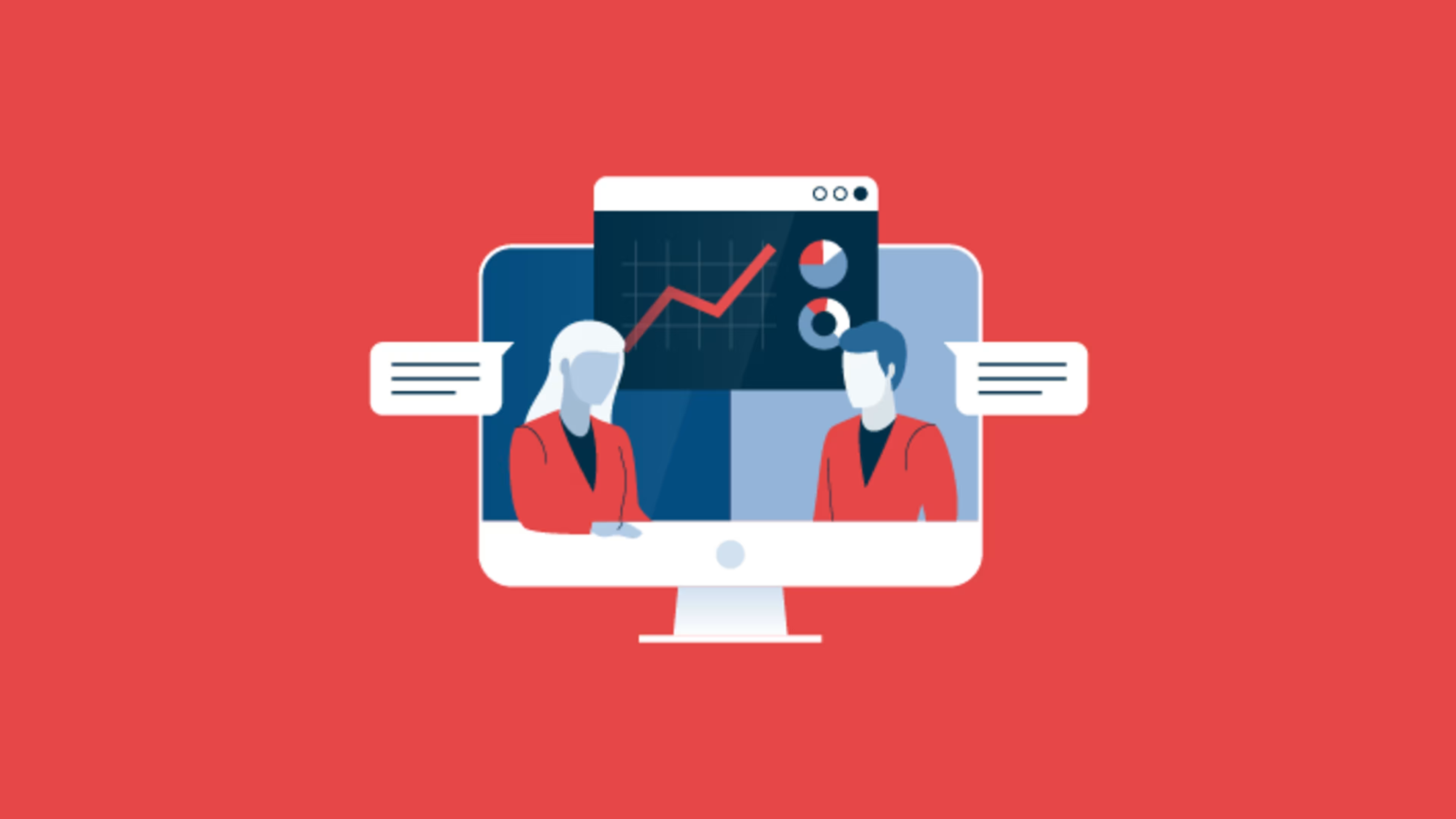Learn how to improve cross-functional collaboration in your non-profit.
Now more than ever, nonprofit leaders are discovering that their organizations need to find ways to make a significant impact with limited resources. In fact, due to the pandemic, program revenues from large gatherings suffered, individual and household giving has decreased, and 13 percent of the nonprofit workforce was laid off.
Why does all this matter?
One of the biggest challenges for nonprofit organizations facing a limited workforce and tight budget constraints is how to effectively work together. The answer to this challenge frequently comes down to technology, as executive directors and business owners have been forced to find better ways to do business. Nonprofits must streamline collaboration and become more tech-savvy with data sources.
This article provides easy-to-understand and practical guidance to help nonprofits improve cross-functional collaboration through data centralization.
What is cross-functional collaboration?
Cross-functional collaboration is the ability for people from different organizational departments to work together toward a common goal (rather than individually or against each other). For example, the donor relation team can work with the email marketing team to tap into opportunities to further solicit new subscribers.
Nonprofits collaborate for many reasons:
Improve information sharing
Reduce inefficiencies
Drive broader social change
Decrease costs and increase return on investment (ROI)
Enhance employee and volunteer retention
Data centralization benefits
Data centralization is the process of compiling information together from multiple sources into a single location, so it’s easily accessible. As a business grows, so does the amount of data. The data is usually in multiple formats and runs on different software, making it difficult to use. As such, it’s clear to see how centralization can benefit 75% of nonprofits using various digital tools to manage their data.
The benefits of data centralization include:
Streamlines processes to support collaboration
Provides transparency across the entire organization
Minimizes risk of inaccuracies and redundancies
Improves tracking and optimization of business strategies
Controls the creation, storage, and use of data for higher-level security
Suppose your employees from different departments are targeting donors and gathering data. For one, each department is unaware of what the other is doing. Two, all the valuable data can’t be shared or analyzed. As a result, the nonprofit misses out on being able to uncover new opportunities and make sound decisions, not to mention the inefficiency and ineffectiveness of working in departmental silos.
This is when data centralization comes into play.
How to centralize data to improve cross-functional collaboration
A lack of access or limited data available negatively affects nonprofit business strategies. Cross-functional collaboration is crucial, and data access can be optimized using technology.
These steps can help you implement a centralized nonprofit data management solution:
Gather all relevant sources of organizational data.
Identify how the data is deployed in each department for various projects and initiatives.
Determine how to collect and track the data (include data that's not currently collected, but should be).
Research and select the right data centralization software (CRM software integration is crucial).
Develop a cross-functional collaboration plan (specify roles and responsibilities).
Implement a collaboration system (cloud-based tools can be accessed by any device).
Automate straightforward tasks and repetitive workflows.
Ensure all data is secure and protected for ethical and legal compliance.
Reflect on what’s working or not working well (refine as needed).
This new way of sharing knowledge and information is very powerful. A centralized approach provides insight into how every department operates. This allows teams to collaborate on innovative ideas, encourages more engagement, and boosts morale. Empowering staff and stakeholders translates into a greater capacity to deliver on your organization’s mission.
Finding the right nonprofit software for your organization
Centralizing your organization’s data to improve collaboration across departments is a vital step toward becoming a digitally mature nonprofit that exceeds goals and offers more value through leveraging technology.
Rather than focusing on one’s own department’s efforts, it pays to empower and constructively engage other departments. Once you create a cross-collaboration game plan for your organization, take the next step in software research by browsing a collection of nonprofit resources to help you find the right solution.
